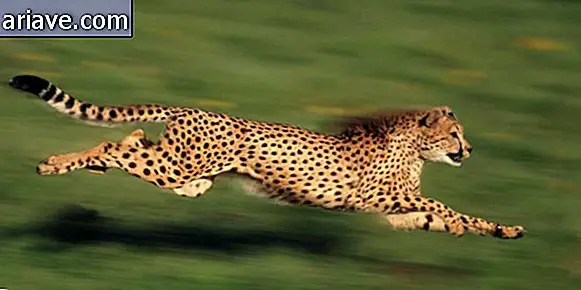'Human helicopter' is made in Canada and meets impressive challenge
In early July, a pair of Canadian engineers overcame one of today's biggest aviation challenges: maintaining a human propulsion structure in the air for at least a minute without major variations in stability. The challenge, known as the Sikorsky Prize, was established in 1980.
Many people have already tried to beat the demands of this competition, which, despite having a very stimulating prize of $ 250, 000, has not rewarded anyone yet. It was then that Canadians Cameron Robertson and Todd Reichert, aeronautical engineers at the University of Toronto, created a pedal and propeller-based human propulsion system.
They founded a company called AeroVelo with the help of the social funding site KickStarter and got the start-up money to build the "human helicopter". Named Atlas, this striking structure is controlled by a single rider only by pedaling in a bike-like system.
Static helicopter
When pedaling, the four huge propellers are driven at each corner of the Atlas, propelling it upwards. It is over 50 meters long, so the first stimulus may take longer. On the day of the challenge, Reichert rode the Atlas for more than 60 seconds at an indoor soccer stadium in Ontario, over 11 meters.
However, more than a month of calculations were needed to confirm that Atlas met all the requirements set by the $ 250, 000 challenge. Fortunately, he went into history. Robertson has posted a blog post that says he is very happy with the results and very excited for the world to learn a little more about this aviation milestone.
The award was officially announced by the American Helicopter Society, which has already awarded the value to both engineers. In a statement from SAH, they said the challenge was particularly difficult because the pilot himself had to provide enough power for the helicopter to fly. As the award has been won, SAH members are already considering launching another equally difficult challenge in the coming months.
Check out the official film of the prowess of the two Canadians:











